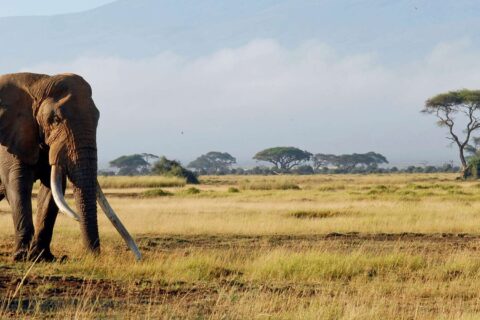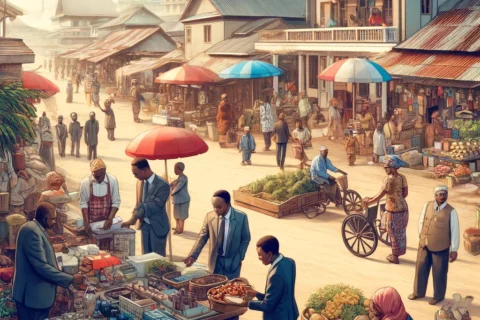People and culture
People and Culture
Tanzanian Culture: A Fusion of Heritage and Tradition
Tanzania is one of the most culturally rich countries in the world, with over 120 distinct tribes that each contribute unique customs and traditions. From the tall Maasai warriors and the ancient ways of the Hadza bushmen to the skilled Wameru farmers, Makonde artisans, and Chaga traders, each tribe maintains its identity while coming together to create a unified Tanzanian culture.
Language and Linguistic Unity
Over 120 languages are spoken across Tanzania, predominantly from the Bantu family. Following independence, the government recognized the need for a unifying language and established Kiswahili (Swahili) as the national language, making it accessible through primary education. This choice reflected the coastal prevalence of Kiswahili and its neutrality, as it did not belong to any particular tribe. Although initially limited in formal structure, Kiswahili has since developed with significant government support and is now the medium of instruction in elementary schools, while English is used in secondary schools and universities.
People/kids in Tanzania
The Maasai
Music: A Blend of Traditional and Contemporary Influences
Tanzania’s national anthem, “Mungu Ibariki Afrika” (God Bless Africa), was composed by South African Enock Sontonga and is also the anthem of South Africa and Malawi. Tanzania’s music scene reflects the country’s cultural diversity, blending traditional sounds with modern influences. Notable artists like Remy Ongala, Bi Kidude, and Lady Jaydee mix native rhythms with contemporary styles, creating unique genres that resonate across East Africa. Tanzanian music styles include Zouk, Ngoma, Taarab, and Ndombolo, which have inspired new genres like Bongo Flava and African hip-hop.
Traditional instruments include the ngoma drum, marimba, coconut-shell fiddles, wooden or bone whistles (filimbi), and horns crafted from buffalo or ivory, adding depth to Tanzania’s musical heritage.
Cuisine: A Rich and Varied Culinary Landscape
Tanzanian cuisine is as diverse as its culture, with coastal dishes featuring spices and coconut milk, such as pilau, biryani, and samosas. Inland, the flavors are milder, with staples like wali (rice), ugali, chapati, and nyama choma (grilled meat). Local dishes also include mishikaki (skewered meat), samaki (fish), and an array of plant-based foods like bamia (okra), kisamvu (cassava leaves), and ndizi (plantains).
Popular snacks include maandazi (bread rolls), vitumbua (rice cakes), and firigisi (grilled gizzards). Uniquely Tanzanian treats such as senene (pan-grilled grasshoppers) reflect the influence of local ingredients and creative preparation.
Traditional Beverages
Tea (chai) and coffee (kahawa) are widely enjoyed beverages, with tea often served at breakfast alongside chapati or mandazi. Regional drinks include mnazi or tembo from the coast, mbege from Kilimanjaro, and gongo, a local spirit. Tanzania also produces popular beers, wines, and spirits like Kilimanjaro Beer, Safari Beer, Serengeti Beer, and Konyagi, a celebrated local gin.
This fusion of languages, music, cuisine, and beverages highlights Tanzania’s unique cultural heritage, rooted in centuries of tradition and adapted to modern influences.


